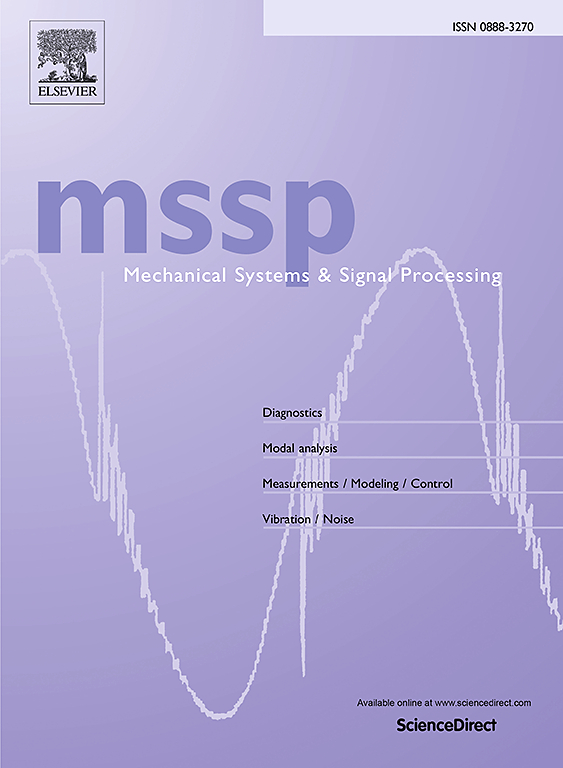Multi-view camera motion compensation in bridge displacement measurement with panoramic camera
IF 7.9
1区 工程技术
Q1 ENGINEERING, MECHANICAL
引用次数: 0
Abstract
Ambient conditions such as wind and traffic can introduce camera motion errors in bridge displacement measurement. To compensate the motion, traditional methods use one or more cameras to track fixed reference targets, which faces limitations: single cameras have a narrow field of view, and multi-camera systems are complex, expensive, and difficult to calibrate. To address these challenges, this paper proposes a multi-view camera motion compensation method in bridge displacement measurement with panoramic camera. The main contributions include two aspects: (1) A multi-view panoramic camera is utilized to overcome field-of-view limitations and system complexity. By cube projection and independent calibration, a single panoramic camera is equivalent to a quadrature four-camera system without overlapping fields of view. (2) A motion compensation method using multi-view array targets and pose transformation matrix optimization is proposed. This method uses the refined transformation matrix and the fixed connection relationships in an equivalent four-camera system to derive a theoretical model for multi-view compensation. The model allows the use of reference targets in any direction to compensate for camera motion. The accuracy and feasibility of this method were validated through deflection measurements on a bridge scaled model and an actual bridge.
全景摄像机桥梁位移测量中的多视点摄像机运动补偿
风和交通等环境条件会给桥梁位移测量带来相机运动误差。为了补偿运动误差,传统方法使用一台或多台相机跟踪固定的参考目标,但这种方法存在局限性:单台相机视野狭窄,多台相机系统复杂、昂贵且难以校准。为解决这些难题,本文提出了一种全景相机桥梁位移测量中的多视角相机运动补偿方法。主要贡献包括两个方面:(1)利用多视角全景相机克服了视场限制和系统复杂性。通过立方体投影和独立校准,单个全景相机相当于一个没有重叠视场的正交四相机系统。(2) 提出了一种利用多视角阵列目标和姿态变换矩阵优化的运动补偿方法。该方法利用细化变换矩阵和等效四相机系统中的固定连接关系,推导出多视角补偿的理论模型。该模型允许使用任何方向的参考目标来补偿摄像机的运动。通过对桥梁比例模型和实际桥梁进行挠度测量,验证了该方法的准确性和可行性。
本文章由计算机程序翻译,如有差异,请以英文原文为准。
求助全文
约1分钟内获得全文
求助全文
来源期刊

Mechanical Systems and Signal Processing
工程技术-工程:机械
CiteScore
14.80
自引率
13.10%
发文量
1183
审稿时长
5.4 months
期刊介绍:
Journal Name: Mechanical Systems and Signal Processing (MSSP)
Interdisciplinary Focus:
Mechanical, Aerospace, and Civil Engineering
Purpose:Reporting scientific advancements of the highest quality
Arising from new techniques in sensing, instrumentation, signal processing, modelling, and control of dynamic systems
 求助内容:
求助内容: 应助结果提醒方式:
应助结果提醒方式:


